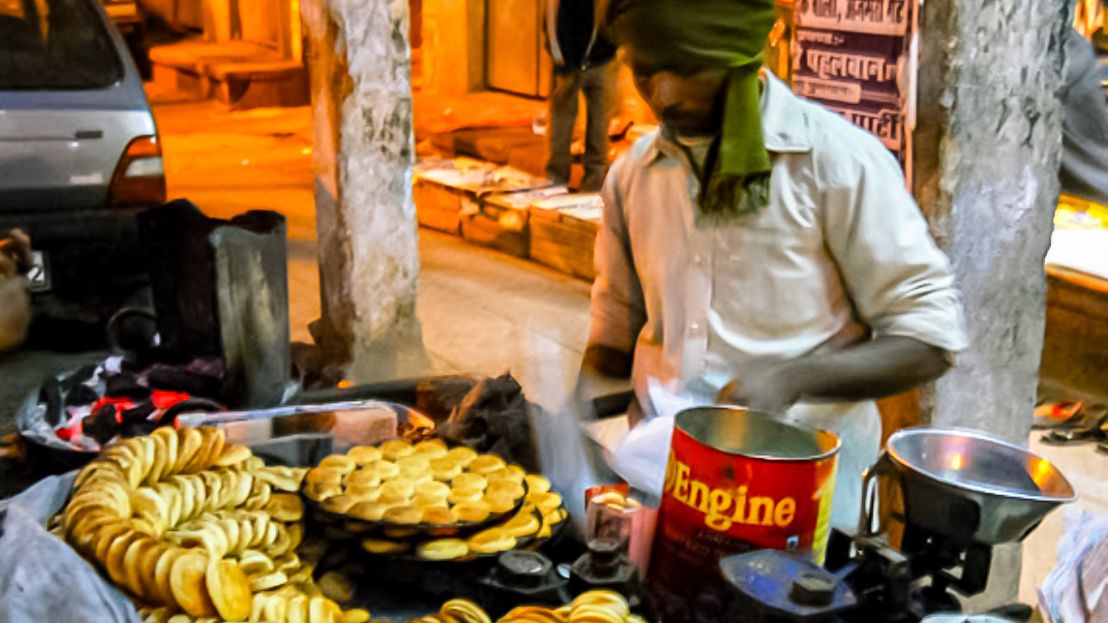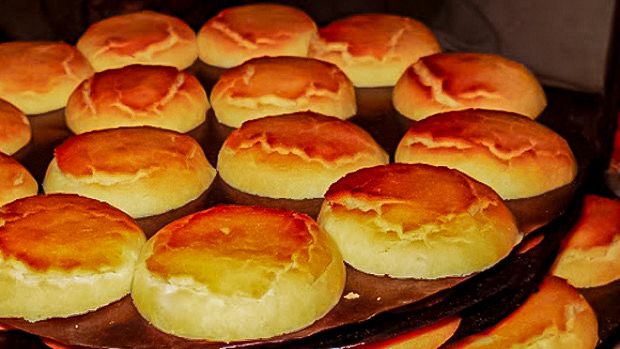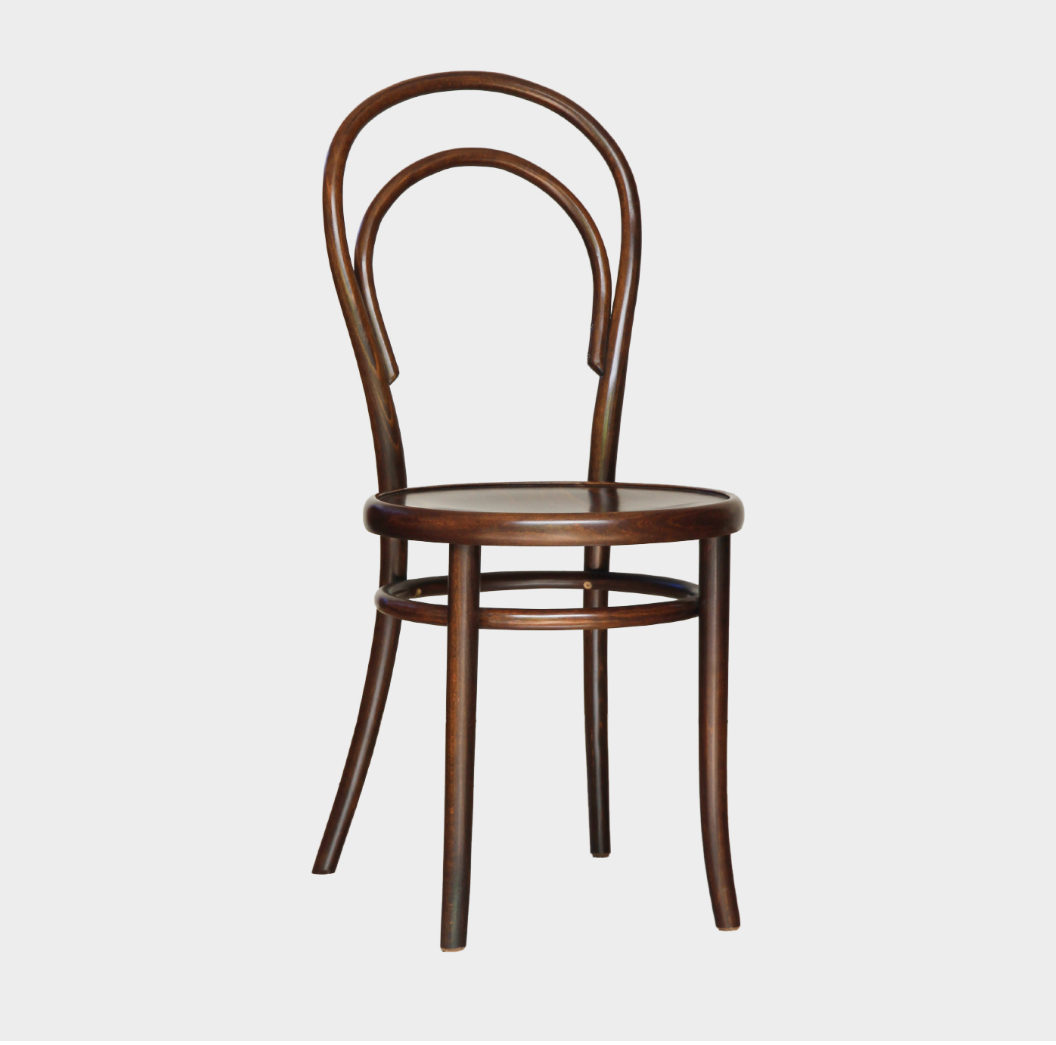
The soft crumbly naankhatai biscuit brings back many a fond memory. The word Nankhatai comes from the Persian word ‘Naan‘ meaning bread and ‘Khatai’ probably comes from ‘Catai’ or ‘Cathay’, the older name for China. Thus translating as ‘Bread of Cathay’. That was because in those days Ammonium bicarbonate was used as a raising agent. Baking soda came into the scene much later. Ammonium bicarbonate has also been used for centuries in China to make Chinese almond cookies and other baked goods. Hence, I believe, the reference to China or ‘Cathay’ in Nankhatai.
The Sassanian empire of Persia (the ancestors of today’s Parsis) had strong trade and cultural links with China. The Khatai (china) paper is still a term used in Persian art. This style of biscuit (shortbread) is also popular in Northeast Iran and Afganistan and is called Kulcha-e-khataye. It’s difficult to say whether the Naankhatai biscuit came to the Indian subcontinent via the Parsis 900-1000 years ago or it came with Emperor Humayun and the Mughals when they came back from Persia in in 1555 and won back Agra and Delhi. Possibly both. The most famous and possibly one of the first established Parsi bakeries is the Dotivala Bakery in Surat. Established in the beginning of the 19th century by Faramji Dotivala. They’ve always had Naankhatai on their menu.

I was walking down Matia Mahal in Jama Masjid and chanced upon a street vendor baking fresh naankhatai on his cart. It brought back fond memories of my childhood. When one would see the naankhatai being baked almost on every street corner and that horrid smell of ammonia. Which took a long time to disappear. But the biscuits were wonderful, tasty and addictive.
Probably some day, the biscuit will see a revival.
You still get the one-odd naankhatai biscuit vendor baking it fresh in Matia Mahal in Jama Masjid, Old Delhi. Happy hunting and chowder-on!
Categories:
Tags:

The Irani Cafe Chair – Defining What Is An Irani Cafe

Mumbai’s Infamous Eggless Omelette

The 20 Types of Indian Vegetarians